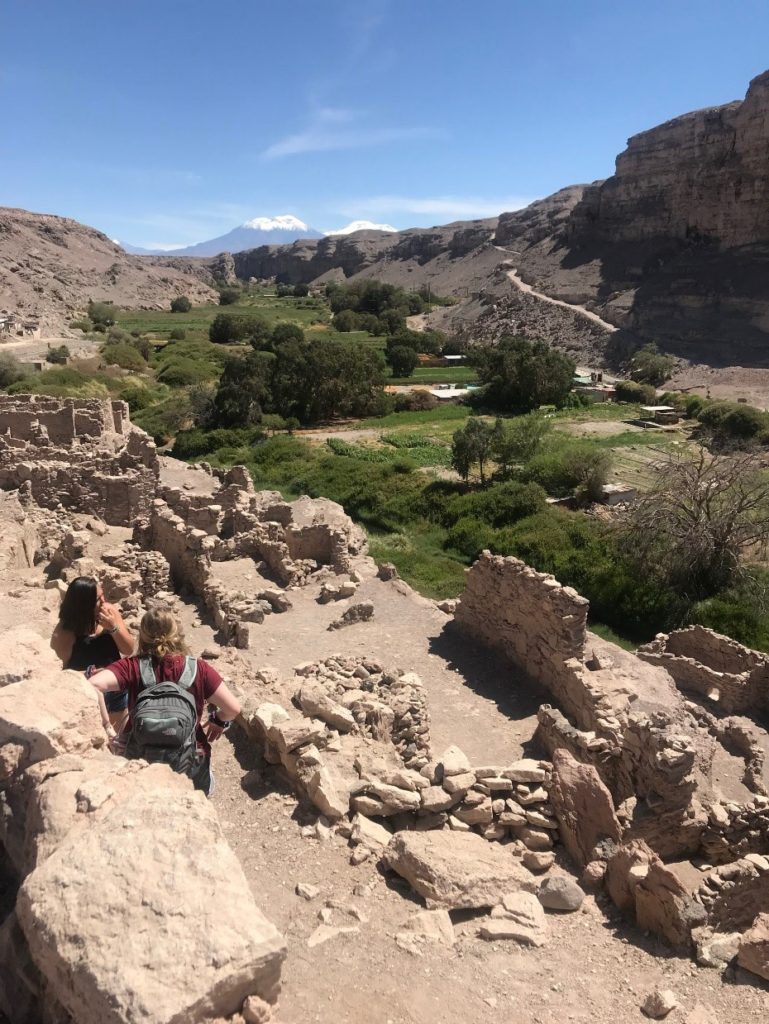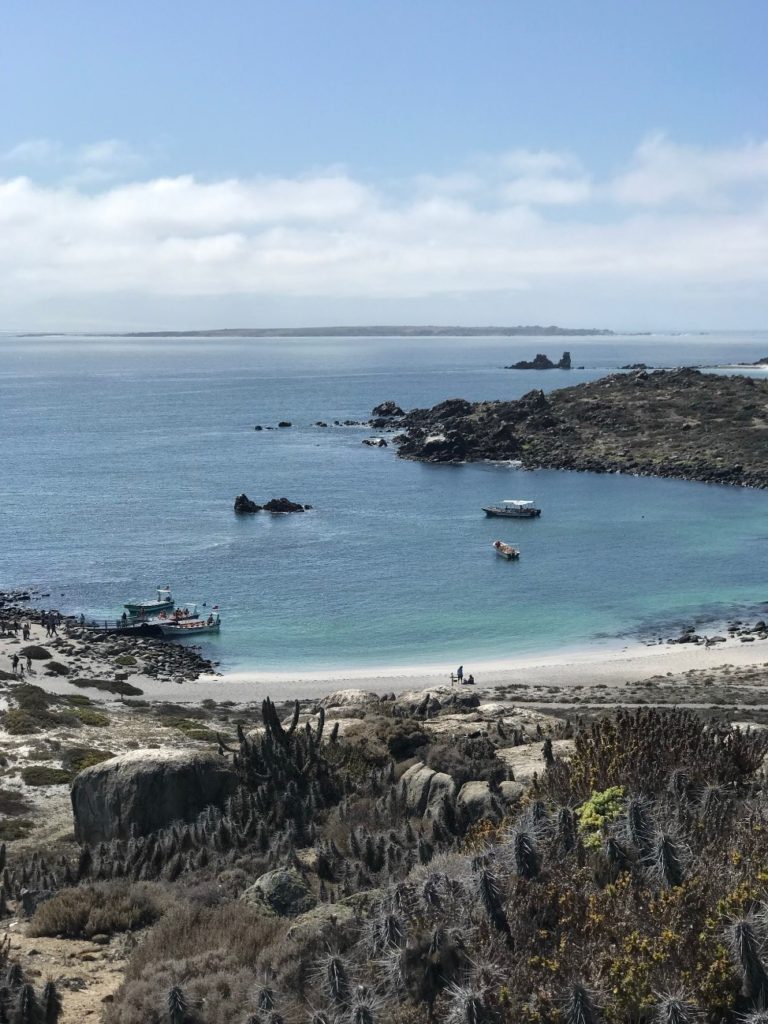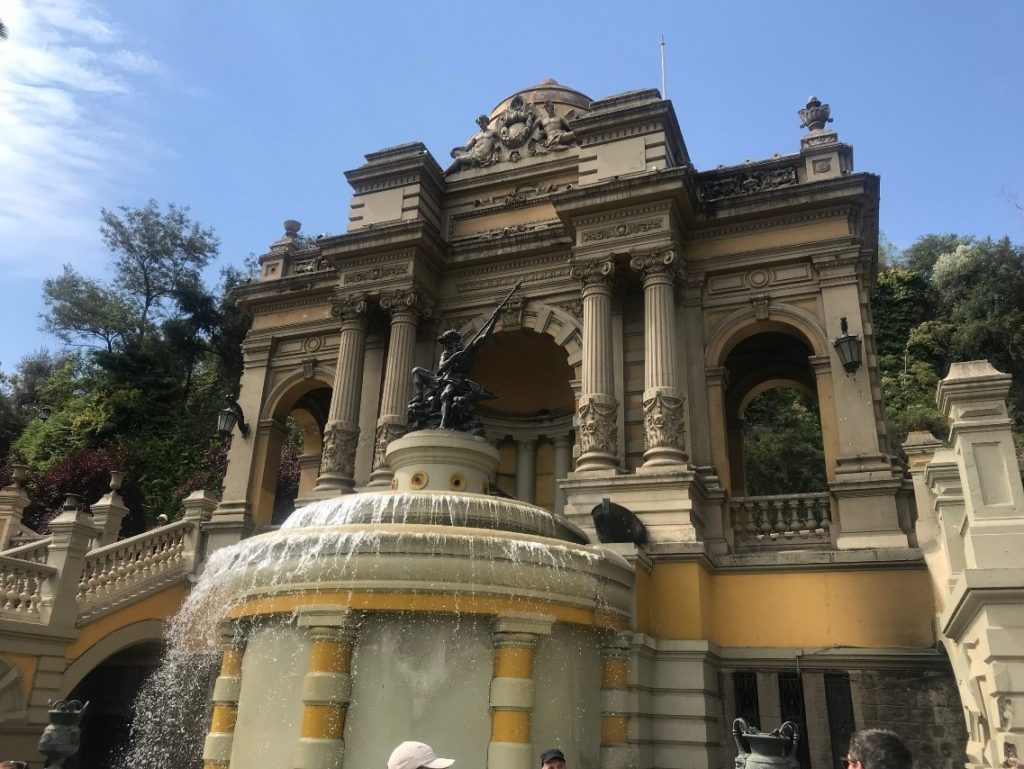The seasons are predictable. Winter turns to spring––usually slower than we hope. Spring then turns to summer, which turns to autumn and before we know it…winter comes again. This year, however, I broke this cycle. This year, summer came in January. Well, at least for me and 15 other Juniata students. This was no anomaly or freak incident of nature, but rather a short-term abroad trip to Chile.

This trip was accompanied by a course that was offered the semester prior. This course was co-taught by Dr. Matthew Beaky, a physics professor, and Dr. Amy Frazier-Yoder, a Spanish professor. The course was titled, “Chile: Southern Stars,” and it covered Chilean history, literature, culture, and astronomy. Chile has a rich history which was fascinating to learn and important for travel preparation. Additionally, Chile is one of the greatest destinations in the world for astronomy. The northern region is home to the Atacama Desert and the Andes Mountains. These landmarks allow the atmosphere to be nearly moisture free while providing the altitude necessary for great stargazing and astronomical research. Our trip was based around these themes.

For the trip, we traveled throughout the northern and central regions of Chile. We first arrived in Santiago, the capital city. We then flew north to the Atacama. In this region we explored indigenous communities, the arid desert, and various international observatories. We hiked through Valle de la Luna (Valley of the Moon) and saw petroglyphs that had been carved thousands of years ago. We even ventured 14,000 feet up into the Andes to a geyser field and natural spring! We visited ALMA, an international astronomical observatory. We toured multiple large observatories like ALMA, along with smaller, locally owned observatories. At the smaller observatories, we were able to study the beautifully clear sky of the southern hemisphere. We saw millions of stars, as well as the Magellanic Clouds, Milky Way, Moon, and Mars!

We then traveled south to the coastal city of La Serena. We went to the beach as well as to the Humboldt Penguin reserve. There we went on a boat tour and saw dolphins, penguins, sea lions, and indigenous coastal birds. During our fall class, each student on the trip researched topics involving the trip so that we could teach each other while in Chile. I had researched the penguins and birds during the class in the fall, so I shared that knowledge with my class as we saw these animals in Chile.

For the remainder of the trip, we traveled into the wine country and eventually back to the capital. When traveling through the wine country, we stopped at the hometown of Gabriela Mistral, a famous Chilean poet and educator, whose literature we read in class. We spent a few days in this region before venturing back to Santiago. In Santiago, we spent four days visiting to museums, monuments, colonial churches, and restaurants (side note-the food in Chile was amazing) before leaving the summer behind to travel back to the US.
Those two weeks easily were the best summer of my life. This was my first experience leaving the United States and it was life-changing. I wish I could have stayed longer and someday hope to return!
-Maggie Peck ’21, Biology POE, Pre-Dentistry
